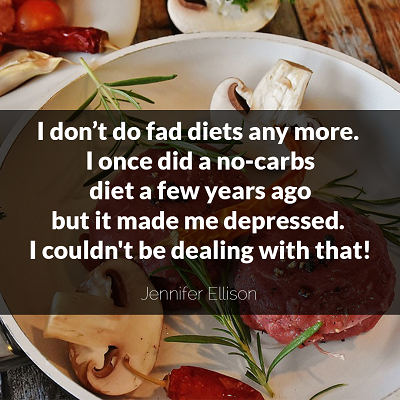 If you have been struggling to lose weight and choosing a diet that works for you, you might have come across something known as flexible dieting. This allows you to choose what you want to eat with a little more flexibility, but without going over the nutrients that will help you to lose or maintain your current weight and stay healthy.
If you have been struggling to lose weight and choosing a diet that works for you, you might have come across something known as flexible dieting. This allows you to choose what you want to eat with a little more flexibility, but without going over the nutrients that will help you to lose or maintain your current weight and stay healthy.
Here is more information about flexible dieting, how it works, and why you should consider doing it:
What is Flexible Dieting?
The concept of flexible dieting is that you have a diet with more leniency as far as the foods you choose. You don’t have to starve yourself, skip large groups of food like carbs or cheese, and eating out is simpler than many other diets.
Flexible dieting, also known as If It Fits Your Macros (IIFYM), requires you to keep track of everything you eat so that you know if your foods fit within your desired macros.
What are Macros?
You might not be familiar with what macros are, so here is a brief summary. Macros, or micronutrients, include carbohydrates, fat, and protein. In addition to calories, these macronutrients should be tracked to ensure you are sustaining life and health with the food you eat, but without going over any of the macros.
You need to first calculate how many macros you can have according to a variety of different details about your current health and goals, then log your food and keep close track of them.
How Do You Do Flexible Dieting?
It can get a little confusing when talking about macros, but it is actually much easier than you might think. Here are the basic steps required to start a flexible diet:
1 – Calculate Your Macros
To start with, you need to know what your macros are. These can vary per person, based on your current fitness level, whether you are trying to lose or maintain weight, your current weight, and other factors.
There are plenty of online macro calculators that help get you started with flexible dieting to make it exact, but for weight loss, it is typically 30% fat, 30% carbs, and 40% protein. This is the percentage of calories you eat per day represented in fat, carbs, and protein.
2 – Research Food for These Macros
The next important step in starting flexible dieting is to find out what foods you can eat. While technically, you can eat anything you want, you still want to have enough nutrients each day. You will soon learn many of the foods you love are not easy to fit into your macros for the day.
You still need to turn to healthy fats like avocado and olive oil, whole grains, plenty of fruits and veggies, and lean protein sources. Start looking at the macros of foods you like, then see how they fit into your total macros for the day.
3 – Meal Plan and Grocery Shop
Once you have figured out good foods you can eat for flexible dieting, it is time to meal plan. Choose a tracking app online or through your phone that gives you the percentages you need, making it easy to plan out your meals and snacks. Grab the staples for these meals and do some meal prep ahead of time if you can.
4 – Track All Your Food
The final step to starting with flexible dieting is making sure you track absolutely everything. Not just your foods, but your drinks, seasonings, dressings, oils, and everything you cook or bake with.






